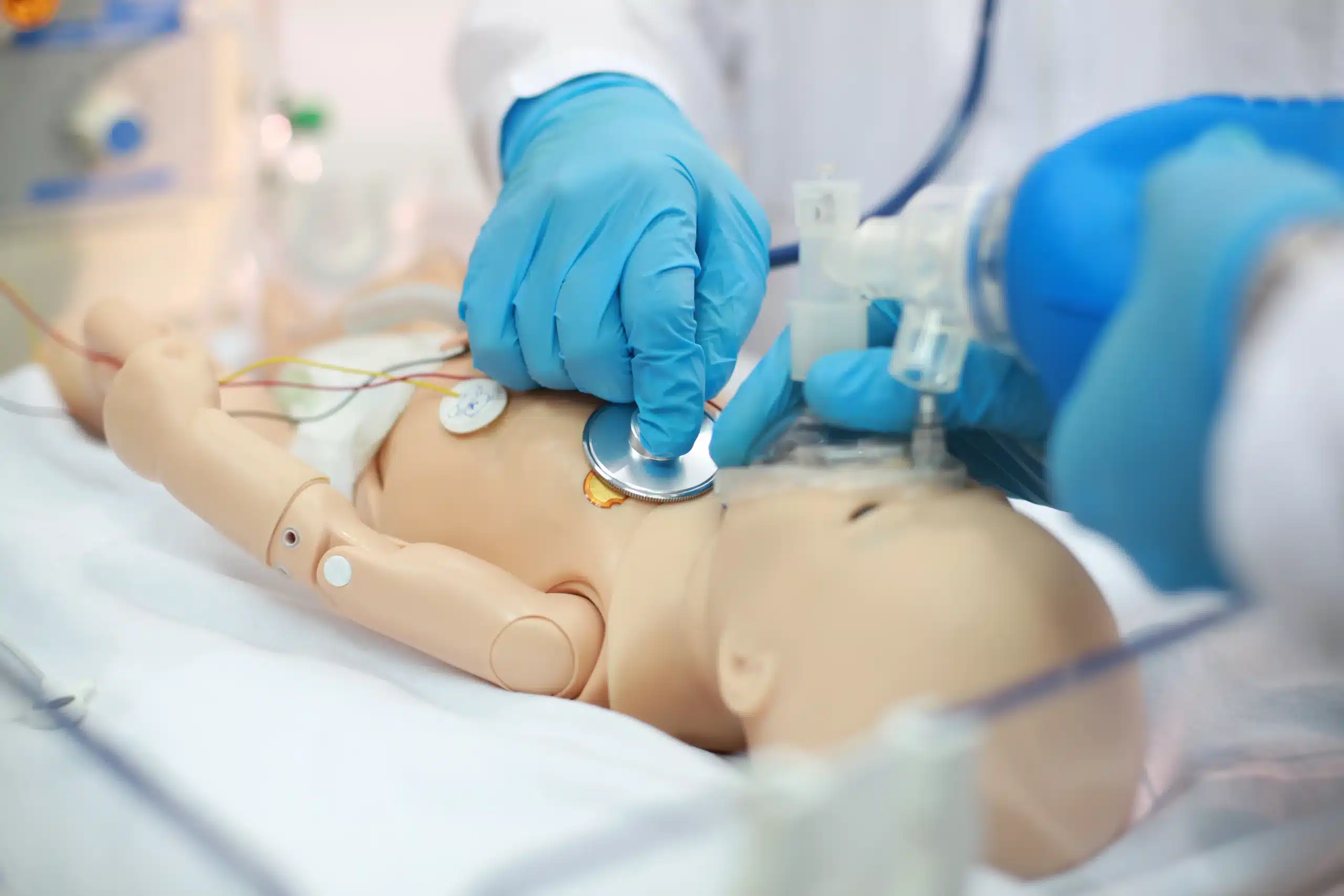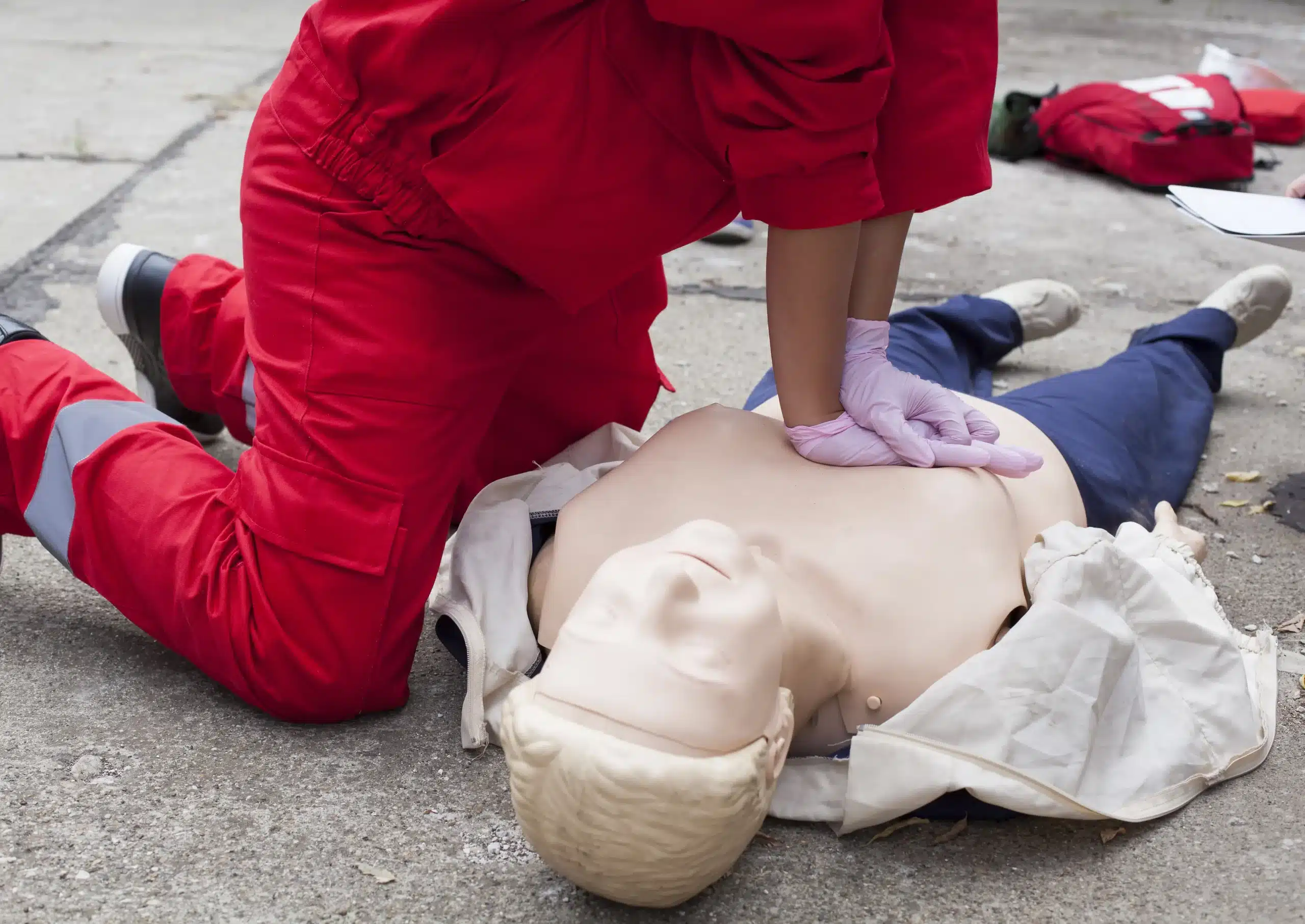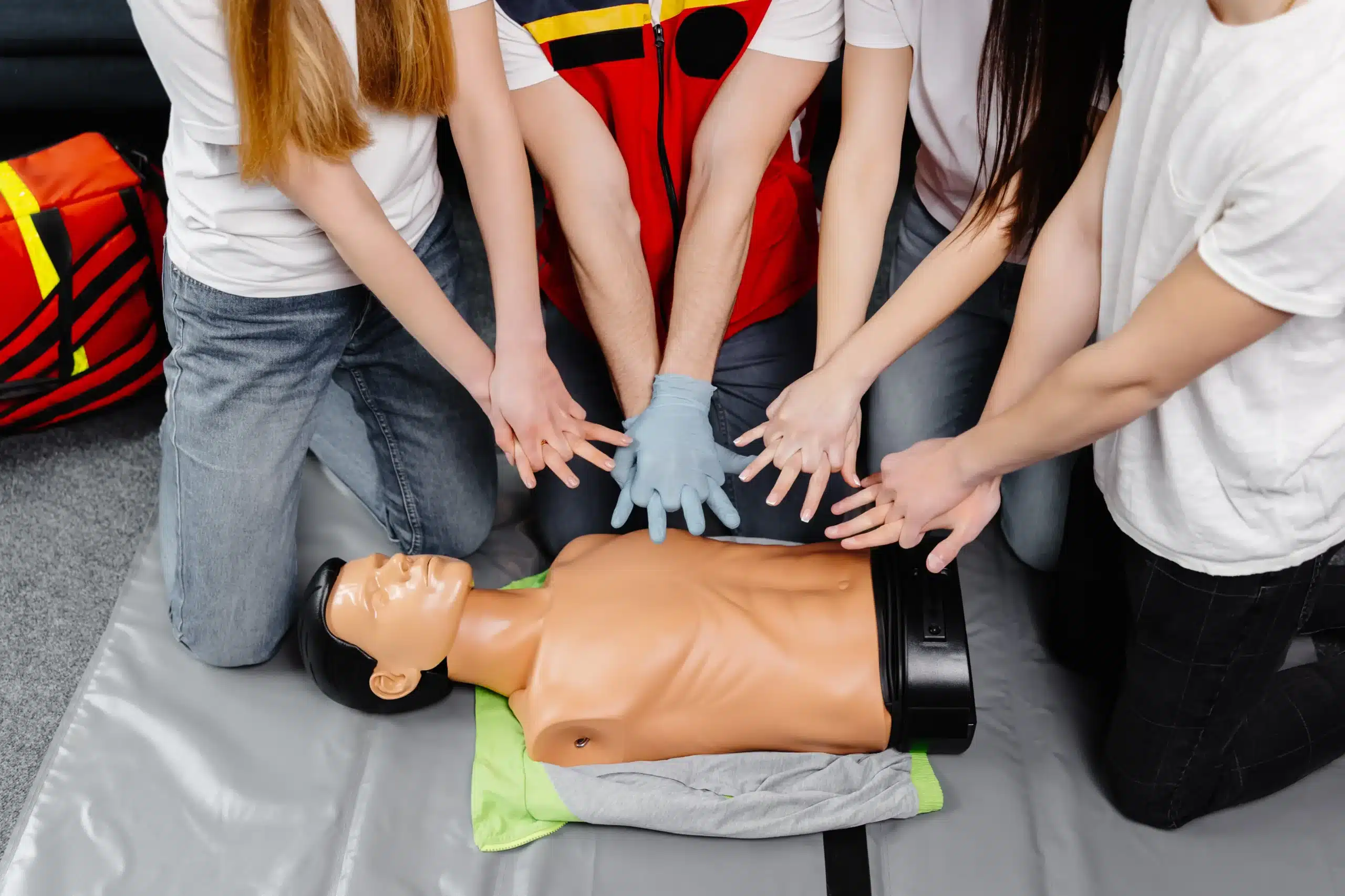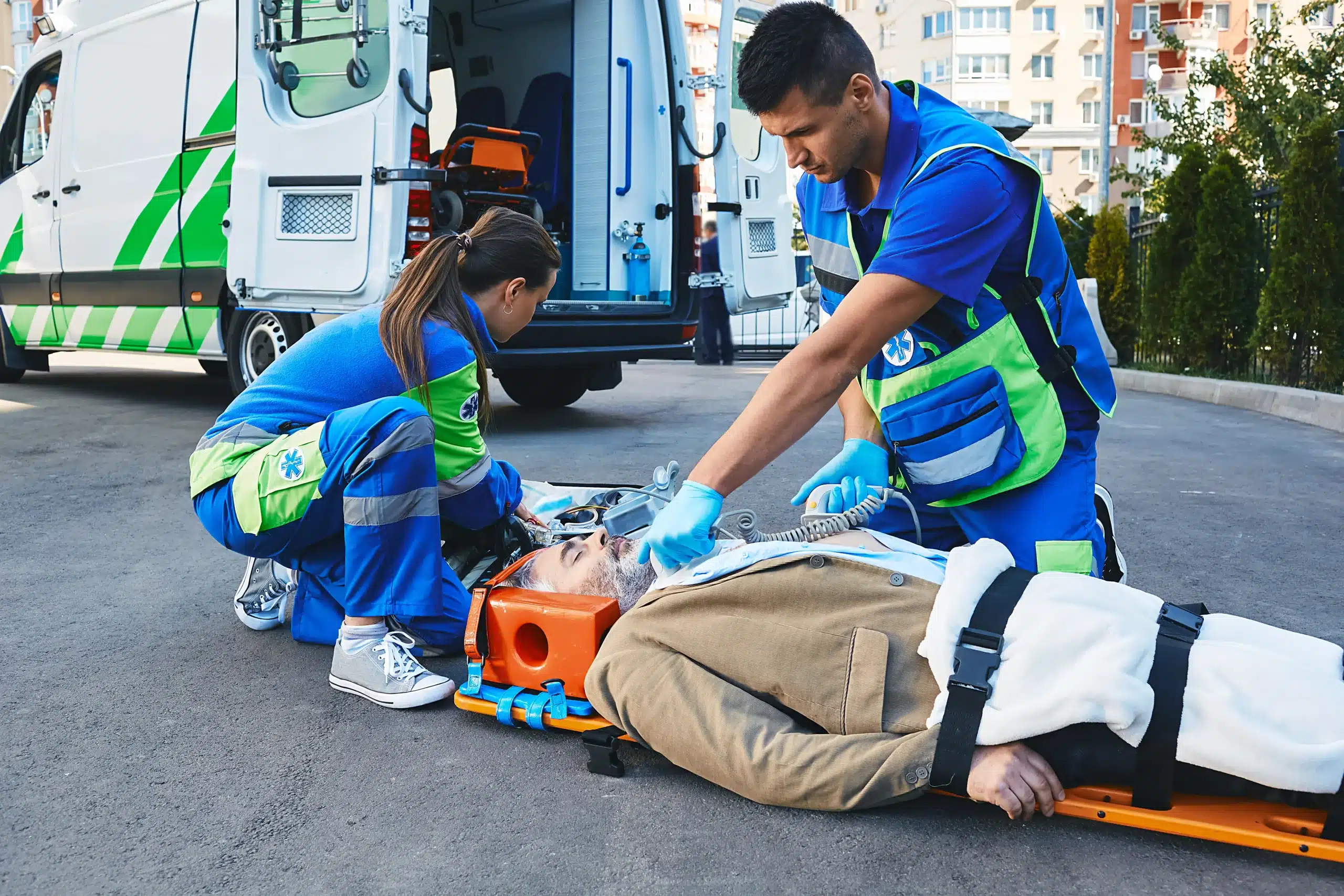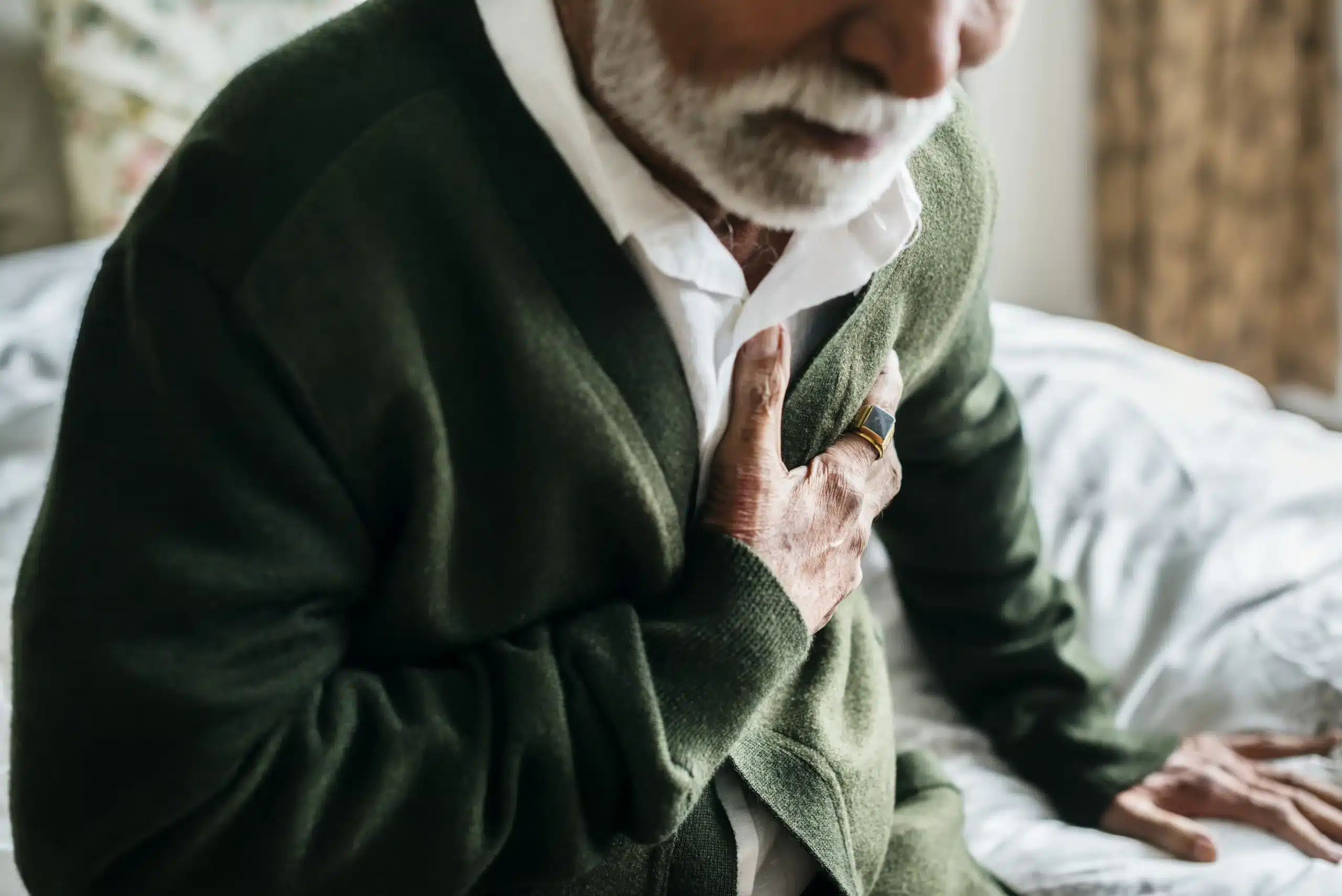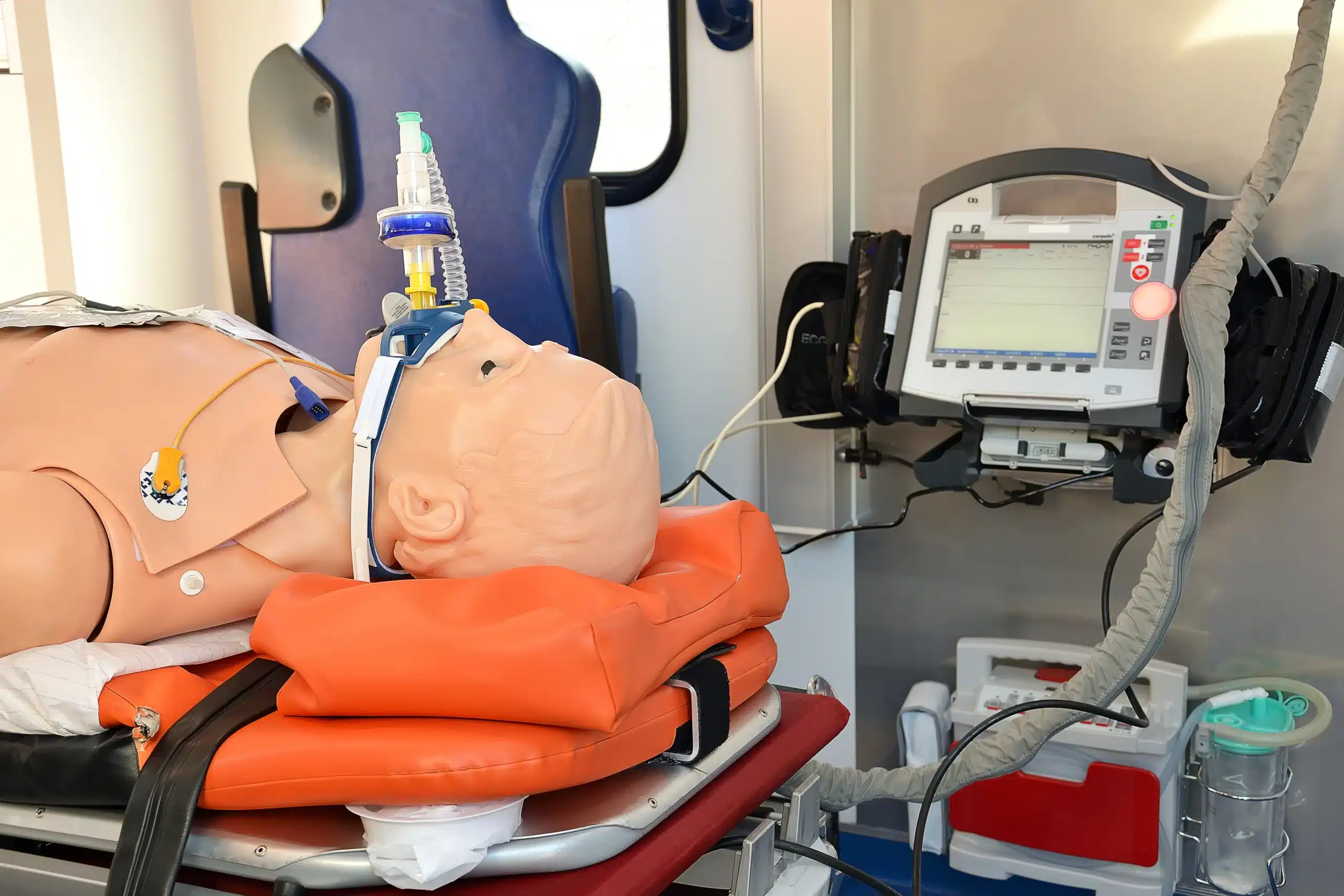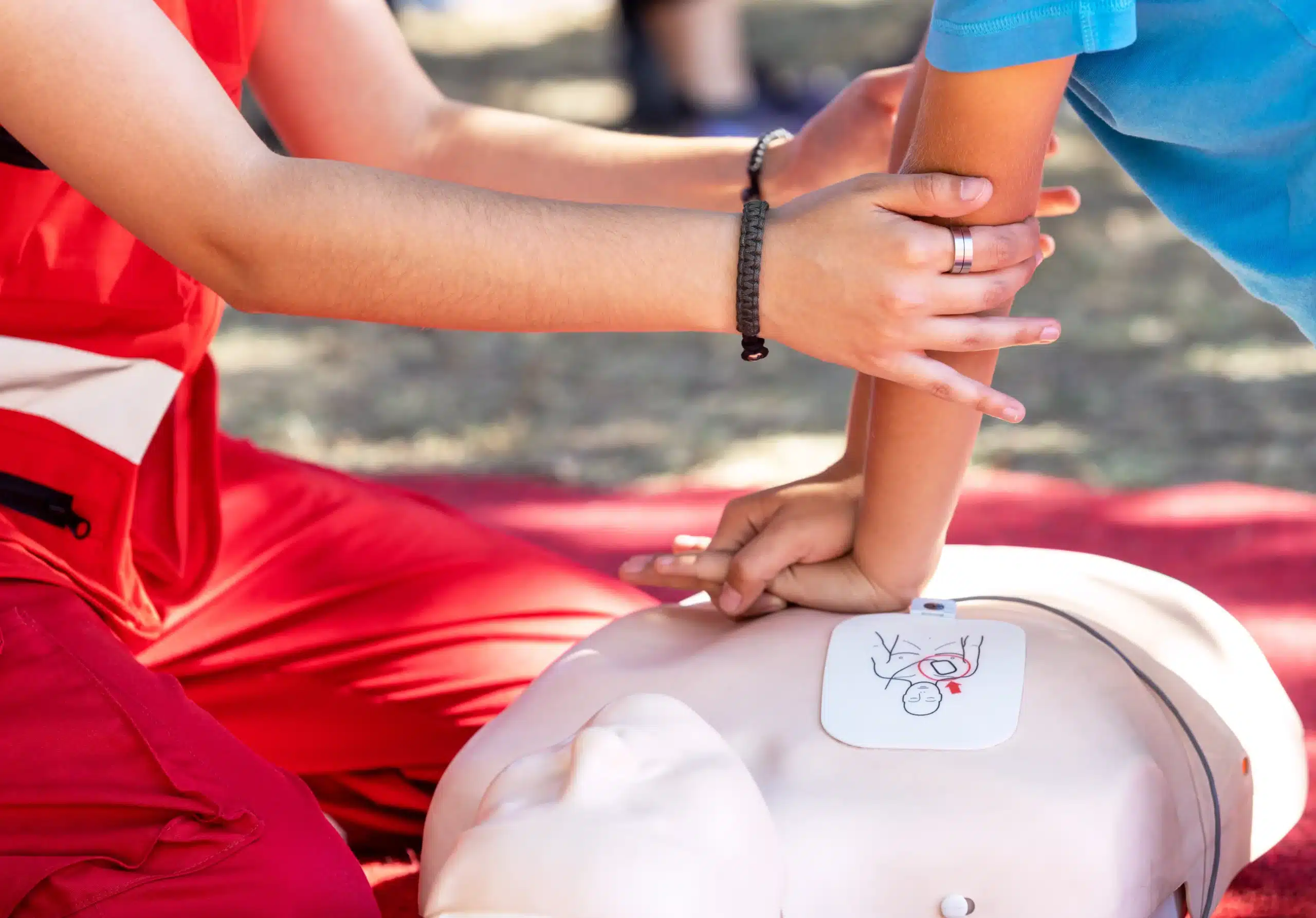In a medical emergency, seconds can matter. Knowing CPR can give you the power to act quickly and confidently, potentially saving a life. This guide simplifies the process of finding and selecting the right CPR course. Whether you’re a healthcare professional, childcare provider, or simply someone who wants to be prepared, we’ll help you find “CPR courses near me,” understand the different certification levels, and choose a reputable training provider. We’ll also cover what to expect during training, associated costs, and how to maintain your skills.
Key Takeaways
- CPR training empowers you to respond to emergencies: Learning CPR, including chest compressions, rescue breaths, and AED use, equips you with the skills and confidence to act quickly and effectively in medical situations. Explore various course formats to find the best fit for your schedule and learning preferences.
- Select a recognized training provider and course: Choose a reputable organization like the American Red Cross, American Heart Association, or a local provider like Tracy CPR Classes. Consider factors such as course type, cost, and certification validity when selecting a program.
- Stay up-to-date and spread CPR awareness: Maintain your skills through regular practice and refresher courses. Share your knowledge with your community and encourage others to learn CPR. dispel any misconceptions about CPR and promote a culture of preparedness.
What are CPR Courses & Why Do They Matter?
CPR courses teach you how to respond to medical emergencies and potentially save a life. These courses cover essential techniques like chest compressions, rescue breaths, and how to recognize the signs of a heart attack or stroke. Learning CPR empowers you to act quickly and confidently in a crisis.
Types of CPR Courses
Different types of CPR training cater to various needs and experience levels. Some courses focus on adult CPR, while others include training for infants and children. You’ll also find specialized CPR courses for healthcare providers, covering more advanced life support techniques. The American Red Cross offers a range of CPR training and certification classes, with options for in-person learning, online courses, and blended learning formats. This flexibility lets you choose the learning style that best suits your schedule and preferences. At Tracy CPR Classes, we offer a variety of American Heart Association courses, including BLS, ACLS, PALS, and First Aid.
How CPR Training Saves Lives
CPR dramatically increases the chances of survival during cardiac arrest. Studies show that effective bystander CPR can double or even triple survival rates. Bystander intervention and immediate CPR are crucial, providing vital oxygen to the brain and heart until professional medical help arrives. Understanding the feedback mechanisms of CPR performance is also critical for improving training effectiveness and patient outcomes. Our comprehensive CPR class directory for Northern CA can help you find a class near you.
Who Needs CPR Certification?
CPR certification is valuable for anyone who wants to be prepared for a medical emergency. While it’s often required for healthcare professionals and those in childcare, CPR training benefits everyone. Parents, teachers, coaches, and even office workers gain confidence knowing they can help in a critical situation. Educational institutions also benefit from having CPR-certified staff. Tracy CPR Classes offers specialized training like the EMSA Child Care Health & Safety program and RQI for medical professionals. Ultimately, learning CPR is an investment in yourself and your community.
Find the Right CPR Course
So, you’ve decided to get CPR certified—fantastic! Now, let’s find the perfect course for you. This section breaks down the different learning options, reputable training providers, associated costs, and what to expect regarding certification.
Learning Options: In-Person, Online, & Blended
CPR courses are designed to fit various learning styles and schedules. You can choose from in-person classes, online learning, or a blended format that combines both. In-person training offers hands-on practice and direct interaction with instructors. This is great for people who learn best in a traditional classroom setting. Online courses provide flexibility for those with busy lives. Blended learning often involves completing the coursework online followed by an in-person skills session. This offers a nice balance between convenience and hands-on learning. Consider which format best suits your learning preferences and availability. Tracy CPR Classes, for example, offers flexible options ranging from traditional classroom settings to blended learning and even on-site training.
Choosing a Reputable Training Provider
Selecting a recognized training provider ensures your certification meets industry standards and is widely accepted. Here are a few well-regarded organizations:
American Red Cross
The American Red Cross is a trusted name in CPR training. They offer a range of courses and emphasize the importance of refresher courses to keep your skills sharp.
American Heart Association
The American Heart Association (AHA) provides a variety of CPR courses, including BLS, ACLS, and PALS, with options for both in-person and blended learning. Many providers, including Tracy CPR Classes, offer AHA-certified courses. This ensures you’re receiving training based on the latest scientific guidelines.
National Safety Council
The National Safety Council offers CPR training tailored to various audiences, from workplace settings to community groups. Their programs are known for their comprehensive approach to safety training.
Tracy CPR Classes
For those in the Tracy, Stockton, and Lodi areas, Tracy CPR Classes offers AHA-certified courses in CPR, BLS, ACLS, and PALS. They focus on high-quality training and excellent customer service, making them a convenient and reputable local option.
Costs & Discounts
The cost of CPR certification varies depending on the provider, course type, and location. Many providers offer discounts for group registrations or combined certifications (like CPR/First Aid/BLS). Be sure to check with your chosen provider for potential cost savings. CPR and First Aid Training in Tracy offers more information on pricing and potential discounts for combined courses.
Course Length & Certification Validity
CPR certifications typically last for two years. The length of the course itself depends on the type and format you choose. Blended learning courses, for example, often allow you to complete the online portion at your own pace before attending a shorter in-person skills session. Check with your chosen provider, such as the Red Cross, for specific course durations and certification validity. For a detailed example of course costs and structure, you can review the information on PALS HeartCode training offered through Tracy CPR Classes.
What Happens in CPR Training?
CPR training gives you the skills and confidence to act fast during cardiac emergencies. It combines theoretical learning with hands-on practice, so you’re prepared for real-life situations.
Course Content & Hands-on Practice
CPR classes cover the essentials: how to recognize cardiac arrest, why immediate action is critical, and the steps of performing CPR. You’ll also learn how to use an Automated External Defibrillator (AED), a portable device that can help restore a normal heart rhythm. Hands-on practice with training mannequins lets you practice chest compressions and rescue breaths, building the muscle memory and coordination you need to perform CPR effectively. This hands-on training helps you understand exactly where and how hard to press for effective chest compressions.
Skills Assessment & Certification
Your instructors will assess your skills throughout the course to make sure you’re learning the techniques correctly. When you successfully complete the course, you’ll receive a certification card, valid for two years. This certification meets professional licensing and OSHA requirements, proving your CPR proficiency. You can renew your certification with a shorter refresher course when it expires.
Advanced Training: BLS, ACLS, & PALS
Beyond basic CPR, there are advanced courses for specific professional needs. These include BLS (Basic Life Support), ACLS (Advanced Cardiovascular Life Support), and PALS (Pediatric Advanced Life Support). BLS training builds on basic CPR, adding techniques for airway management and two-rescuer CPR. ACLS focuses on advanced life support for adults, while PALS addresses the specific needs of infants and children. These advanced certifications are often required for healthcare professionals and those in specialized roles. Providers in Tracy, CA offer in-person CPR, BLS, ACLS, PALS, and First Aid certification courses.
Get the Most Out of Your CPR Certification
Getting your CPR certification is a fantastic first step, but staying up-to-date and informed is key to really making a difference. This section covers how to keep your skills sharp, engage with your community, and navigate the renewal process. We’ll also debunk some common CPR misconceptions that might be holding you back.
Maintain Your CPR Skills
CPR isn’t a one-and-done deal. Like any skill, it requires regular practice. The Red Cross recommends refresher courses to keep your CPR/First Aid skills current. Think of it like a gym membership for your lifesaving abilities! Regular practice builds muscle memory and confidence, so you’ll be ready to act in an emergency. Consider joining practice sessions or finding a CPR buddy to review techniques. Understanding how feedback improves CPR performance is also critical for better outcomes.
CPR & Community Safety
CPR training has a ripple effect, making communities safer. When more people are trained, everyone is better equipped to handle emergencies. Local authorities often partner with CPR training providers to create a network of skilled responders. Look for community outreach initiatives in your area—they’re a great way to get involved and encourage others to learn CPR. Sharing your knowledge with friends and family can also make a big difference.
Renewing Your Certification
CPR certifications typically expire after a certain period, usually two years. Don’t let your certification lapse! Check with your certifying organization for renewal requirements and look for upcoming courses. Many providers offer discounts and promotions, so keep an eye out. You can often renew your CPR and First Aid certifications simultaneously, streamlining the process.
Common CPR Misconceptions
One of the biggest roadblocks to learning CPR is misinformation. Many people worry about doing it wrong, but these fears are often unfounded. CPR is designed to be performed by anyone, even without medical training. It’s better to try than to do nothing in a life-or-death situation. Another common myth is that CPR always involves mouth-to-mouth. While some situations may call for it, chest compressions are the most critical component of CPR. Don’t let these misconceptions prevent you from learning this essential skill.
Related Articles
- Why CPR is More Important Than Ever
- CPR Training in Tracy: Your Complete Guide – Tracy CPR Classes
- CPR Training in Tracy, CA: Your Guide – Tracy CPR Classes
- CPR Courses in Tracy: Your Complete Guide – Tracy CPR Classes
- Find CPR Classes in Stockton: Your Comprehensive Guide – Tracy CPR Classes
Frequently Asked Questions
What if I’m nervous about performing CPR in a real emergency? It’s completely normal to feel apprehensive about using CPR in a real-life situation. CPR courses address these concerns by providing ample hands-on practice and guidance from experienced instructors. This helps build your confidence and prepares you to respond effectively under pressure. Remember, any attempt at CPR is better than none.
How do I choose between in-person and online CPR training? Consider your learning style and schedule. In-person classes offer hands-on practice and direct interaction with an instructor, while online courses provide more flexibility. Blended learning combines the benefits of both. If you prefer a structured environment and hands-on learning, in-person training might be a better fit. If your schedule is tight and you thrive with self-paced learning, an online or blended course could be more convenient.
Is CPR certification required for everyone? While not universally mandatory, CPR certification is highly recommended for everyone. It’s often a requirement for specific professions like healthcare providers, childcare workers, and lifeguards. Even if not required for your job, knowing CPR empowers you to assist family, friends, and your community in a medical emergency.
What does CPR certification cost, and how long is it valid? Costs vary depending on the training provider, course type, and your location. Many providers offer discounts for groups or combined CPR/First Aid courses. Certifications are typically valid for two years. Check with your chosen provider for specific pricing and renewal policies.
What if I don’t have the physical strength to perform CPR? Effective CPR focuses on proper technique rather than sheer strength. Training courses teach you how to use your body weight efficiently to deliver effective chest compressions. Even if you have physical limitations, you can still learn and perform CPR. Consult with your instructor for modifications or adaptive techniques if needed.
